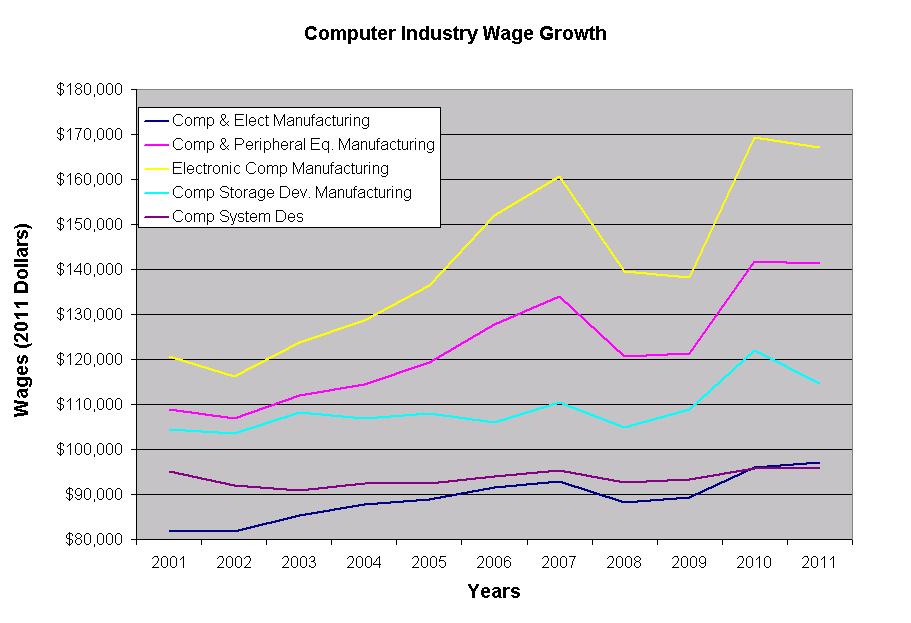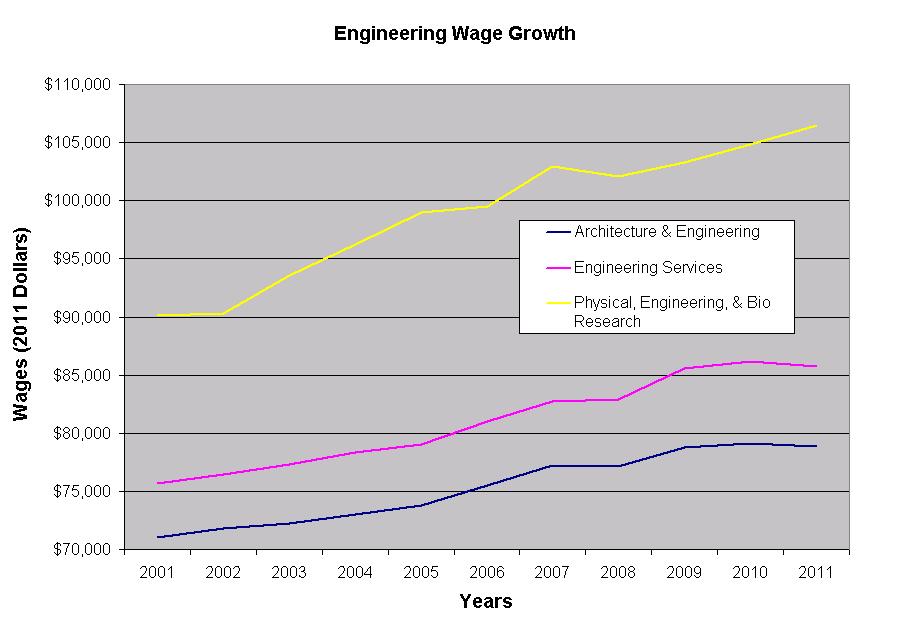The state of Arizona in the Southern United States, which shares a border with Mexico, has carried out various immigration crackdowns over the past few years, the most recent of which has been the SB-1070 law. Pro-immigration groups, along with various civil rights advocacy groups, have generally opposed these laws as wrong-headed, while groups opposed to immigration (particularly illegal immigration) have been generally supportive of these laws. Some pro-immigration groups, such as the Immigration Policy Center, have argued that the strategy of attrition through enforcement, which is the general approach that Arizona has followed, is flawed:
These conclusions are bolstered by new research from the Tomás Rivera Policy Institute in Los Angeles and El Colegio de la Frontera Norte in Tijuana. This research indicates that, when it comes to Mexican migration patterns, “northbound flows are holding steady with signs of increasing unauthorized migration, while southbound flows are decreasing. The result is that the size of the Mexican-born population in the United States has fully recovered from losses experienced during the recession.” Moreover, “given the available indicators as of mid-2012, it appears that even a relatively small increase in the demand for Mexican labor in the U.S. economy would prompt a positive response in the migration flows despite intensified enforcement efforts by the federal government, several states, and some local governments.”
I’ve been critical of this economic determinism in the past, and I think that in this respect, restrictionists are right when they argue that increased enforcement (a) decreases the number of new illegal immigrants entering the state, and possibly decreases the total number of illegal immigrants entering the country, and (b) leads some immigrants to leave the state, though this is usually to other states, not the country. Now, in the case of Arizona, the fact that other nearby states like California and New Mexico did not carry out similar crackdowns means that most of the attrition from Arizona happened at the expense (or to the benefit, depending on your point of view) of these nearby states. This reconciles the “economic determinist” observation that state-level immigration crackdowns did not affect the overall flow of illegal immigrants into the United States, and that the decrease is completely explicable by economic trends, while simultaneously vindicating restrictionists’ claim that attrition through enforcement does work at the state level.
But the mere fact that restrictionists’ “attrition through enforcement” strategy “works” in the sense of reducing the number or proportion of illegal immigrants (relative to the counterfactual) does not imply that the strategy “works” in the more relevant sense, i.e., that it brings about the improvements in native quality of life that restrictionists hope to achieve with their policies. To figure out what’s happening to native quality of life, it’s not good enough to look at the proportions of illegal immigrants. Rather, one needs to look at what’s happening to native.
For convenience, I provide here a spectrum of five possibilities:
- Dramatic cut in native quality of life. This kind of apocalyptic narrative relies on the idea that immigrants do jobs natives won’t do, and on the questionable assumption that when immigrants leave, the jobs will vanish entirely and there will be no adjustment or reconfiguration. In this view, for instance, if 90% of restaurant workers are illegal immigrants in a city, then when the immigrants leave, then 90% of restaurant jobs will vanish.
- Modest cut in native quality of life. This narrative relies on the economy readjusting to the absence of immigrant labor, but while the readjustment optimizes for the new ground realities, the fewer resources available overall means that native quality of life reduces somewhat.
- No effect on natives. In this view, either the readjustment is perfect, or the reduction in other problems that immigrants create (crime, welfare state use, etc.) compensates for the economic inefficiencies generated by their departure.
- Modest gain in native quality of life. In this view, native wages go up with less immigrant competition, and natives have more resources for themselves now that there is less crime, welfare state use, etc. by immigrants. A few rich and powerful natives lose out because they have to pay higher wages.
- Dramatic gain in native quality of life. In this view, all immigrant jobs get replaced by natives doing the same job, so native unemployment goes down to (near-)zero, crime is at an all time low, and the economy undergoes a renaissance.
(1) and (5) are relatively extreme positions, which people more often accuse their opponents of espousing than they themselves espouse. The relevant range is (2)-(4). My view is that the truth lies somewhere between (2) and (3). But is there any research on the issue in the context of Arizona?
The Immigration Policy Center has a page with various ways that Arizona’s immigration crackdown has hurt the state. Some of the data here does would lead a person to be skeptical of whether Arizona’s immigration crackdown has been beneficial to the state. Still, one does not need to be a hardcore restrictionist to find the material on the page unconvincing. The main problem: most of their anecdotes do little to specifically separate out the costs and benefits to natives in isolation, which is what the state-level citizenist really cares about. Also, some of their cost statements seem hypocritical. For instance, they argue that bad publicity from the law, and legal challenges to the law, themselves cost the state of Arizona a lot of money. That’s true, but it sounds an awful lot like victim blaming to me, given that the Immigration Policy Center is at the forefront of generating the bad publicity and supporting the legal challenges.
To my knowledge, the best single piece on the Arizona immigration crackdown, that specifically considers and attempts to isolate and discuss the effects on the native population, is the paper The Economic Case against Arizona’s Immigration Laws by Alex Nowrasteh. Alex traces what happened in Arizona and the nearby states of California and New Mexico in some of the industries that most heavily use (illegal) immigrant labor and would be most likely to be affected (positively or negatively) by Arizona’s crackdown: agriculture, construction, and the restaurant industry. Since there is too little data on SB 1070, Alex looks at the effect of earlier, less comprehensive, crackdowns on immigration.
His findings differ somewhat for the three sectors, but the construction sector findings are perhaps the most interesting: the share of natives employed in construction declined somewhat over the period studied by Alex, even as the share of immigrants employed in construction declined much more. Moreover, the decline in the population share employed in construction for Arizona was more than for California and New Mexico (Alex also told me over email that the decline in share of native employment in construction was also more for Arizona than for California, although he does not mention this detail in his paper). The comparison with other states is relevant because the confounding factor of a recession in the United States around that time that disproportionately affected the construction sector. Similar data discussed by Alex makes the strong case for position (2) in the spectrum I listed above: the immigration crackdown did not spell disaster for Arizona, but likely had a small negative impact on native quality of life.
I have a few reservations about the paper, which I will discuss in a subsequent blog post. Clearly, as with all social scientific analyses, there is a lot of guesswork involved regarding counterfactuals. If you start off with the neutral position which I list as (3) on the spectrum (i.e., no effect on natives), it’s possible that reading the paper, you may still stay at (3), though my sense is that the evidence presented in the paper should move you at least somewhat towards a (2). But at any rate, I don’t see the evidence as moving one’s position towards the restrictionist side.
To my knowledge, there isn’t any comparable analysis written from a restrictionist perspective. The Center for Immigration Studies has a page on SB1070, but this focuses almost completely on the legal aspects, not on the economic effects. The best I could do with a quick search on various restrictionist websites was an article on VDARE titled Arizona Economy Booming Without Illegal Aliens. But this three-paragraph article doesn’t offer any direct evidence — only a link to and quote from a USA Today news item:
As of February, the state had added 42,6000 new, non-farm jobs over the previous year, and state revenues have increased 8.7% so far in 2012. The Arizona Office of Tourism found the state generated $17.7 billion in direct travel spending in 2010 — a 7.9% increase over the previous year. Brewer said there may have been a negative effect in the immediate aftermath of the law, but that the state has rebounded and the “Arizona comeback” is here.
“Businesses are coming. People are recruiting,” Brewer said. “We should get a lot of kudos for what we’ve accomplished.”
Although this discussion might be more directly relevant to SB1070 — since it is over the time period relevant for SB1070, as opposed to Alex’s analysis which is for an earlier period — it does not seem to me to be a very convincing argument for the positive effects of Arizona’s immigration crackdown (just as some of the Immigration Policy Center’s anecdotes are not too convincing in the other direction). If there are more thorough and sophisticated analyses of the economic effects of Arizona’s laws from a restrictionist perspective, I’d definitely like to read through them. Please leave links and references in the comments if you know of any good analyses.
I’ll blog my criticisms and reservations regarding Alex’s paper in a subsequent post.


